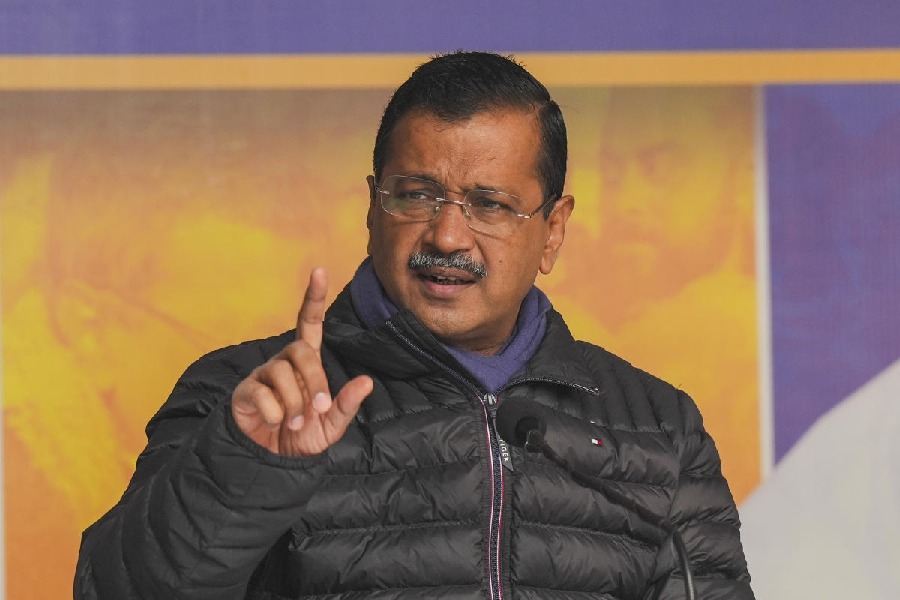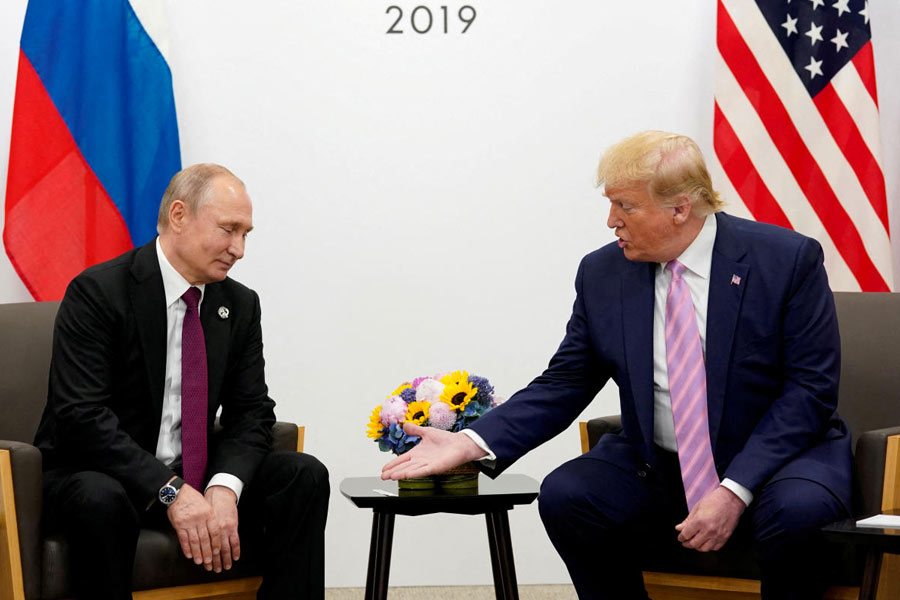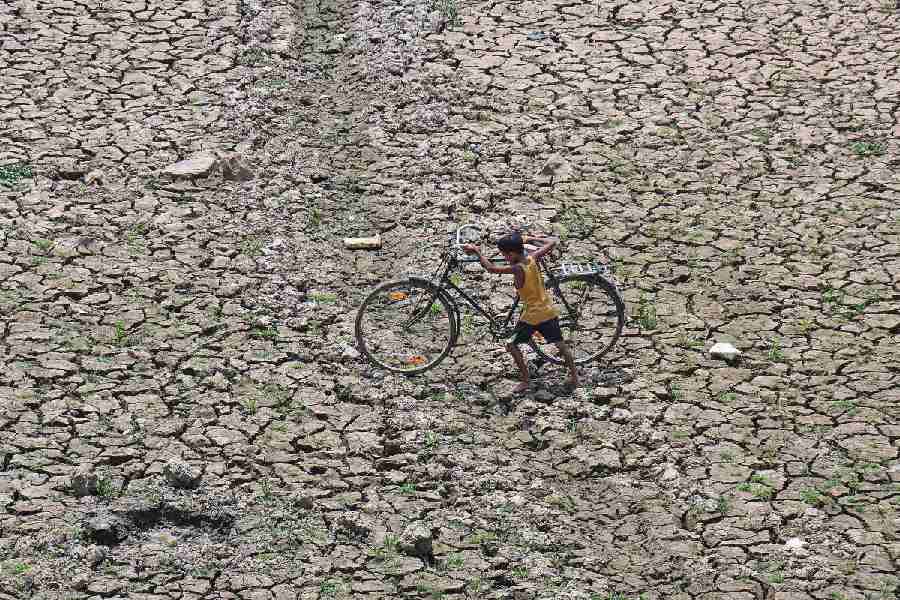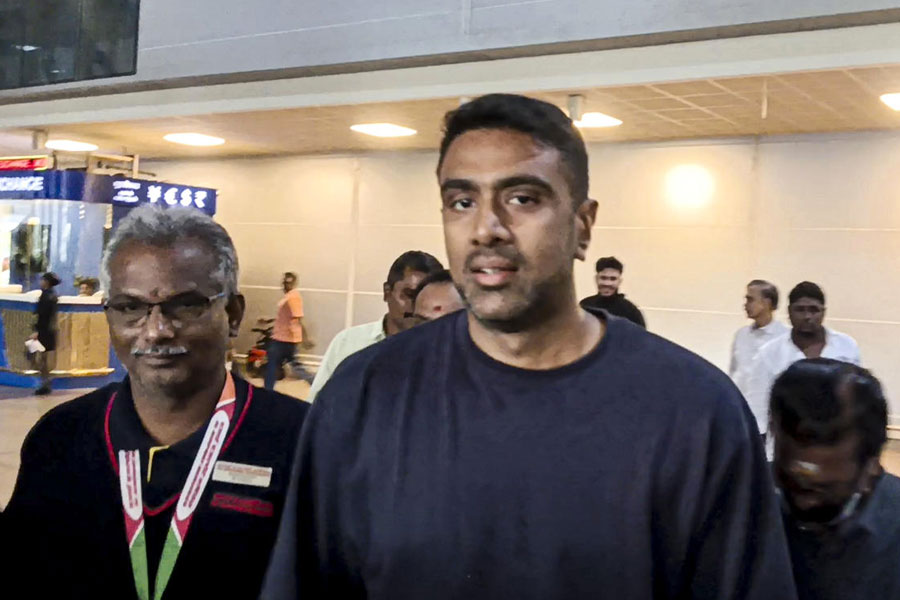Koushik Chatterjee, executive director and CFO of Tata Steel Group, speaks to The Telegraph after his company delivered record-breaking numbers in the fourth quarter. Chatterjee says the company will allocate Rs 7,500 crore for expansion at Kalinganagar, apart from deleveraging by at least $1 billion. He says the Europe sale is off for now and the business would benefit from higher spread in the next few quarters.
⦿ Tata Steel reduced debt by close to $4 billion in 2020-21. However, the company has guided a reduction of $1 billion this year. Why did you make such a conservative guidance?
It’s not about being conservative or aggressive. If you remember, three years back, we had made a policy announcement that as part of our enterprise strategy we will reduce our debt by $1 billion a year, every year in the future. In the last financial year (2020-21), we have been very sharp and focused on our capital allocation and working capital management to generate free cash flows of Rs 24,000 crore.
We used the cash flows to accelerate the resetting of the capital structure to reduce the net debt by 28 per cent. Therefore, our stated policy of de-leveraging and balance sheet strengthening will continue in the future.
⦿ Tata Steel prioritised debt reduction over growth capital in 2020-21. Will the direction continue this year? How much capex is outlined in this fiscal?
Yes certainly, our priority continues to be the same as we look to strengthen the balance sheet to create the appetite for future strategic growth. While the current debt equity is now 0.98x and net debt/Ebidta is under 2.5x which is our long-term target across the cycle, we will continue to strengthen the balance sheet in the next year too. We have allocated around Rs 7,500 crore for the capex in India for the next 12 months, of which a substantial portion will be spent on the Kalinganagar expansion project in Odisha and various raw material expansion projects. We continue to prioritise our capital allocation on critical and strategic capex projects.
⦿ Do you expect Tata Steel Europe to make profit at the net level this quarter and this year? Will the company still pursue a sale of the business, in part or full?
The spreads in Tata Steel Europe have started to expand only recently because the iron ore prices globally have been quite high and continue to be at elevated levels. In the fourth quarter, we have seen the spread increase and because Europe has a higher proportion of contracts, there is lag in the flow through effect of the spreads.
We should see the positive impact of the spreads in the next few quarters in Tata Steel Europe’s performance.
On the second part of your question, we are at present focused on the separation of the UK and the Netherlands business and also on the transformation journey to improve the fundamentals of the business. We are currently not pursuing any strategic process regarding the European business.
⦿ Is Tata Steel taking advantage of the buoyant export market to lift its average net sales realisation as steel prices in India are lower than many countries?
Yes, international steel prices have been significantly higher than domestic prices for quite some time now. The same flows into the domestic prices with a time lag. Principally, we are more focused on the domestic market and have been strategically present in the international market for a very small quantum of our total volume. Last year, because of the national lockdown, we sold much higher volumes in exports in the first two quarters but reverted back to domestic sales as our domestic customers started production. So directionally, if the domestic market is open, we prefer to sell more domestically through our well established channels and to our long-term customers.
⦿ How much of Tata Steel’s sales are on long to medium-term contracts? How soon can you expect them to reflect the prevailing market price?
Tata Steel India’s contracts are more shorter in duration than Europe. Hence, the Tata Steel India prices reflect the market prices more closely, and if you look at our realisations they track the market prices fairly closely, except for a certain time lag.
⦿ Tata Steel Group is in the process of reshaping operations under four verticals. How does The Tinplate Company Ltd, a downstream business, fit into the restructuring process?
Tinplate or packaging products are an integral part of our downstream product portfolio. We have plans to grow our tinplate capacity in the future and the management of Tinplate Company works very closely with the Tata Steel leadership on business synergies and future development even though as a legal entity Tinplate continues as a separate entity.
⦿ Do you apprehend the second wave of Covid-19 a significant destructor of the underlying demand in India?
This is an evolving situation which we continue to track very closely. Saving lives is the most important priority currently for every stakeholder in the country. As part of our integrated risk management systems, we assess risks and opportunities very intensely and are confident that we will continue to deliver good business performance in the year ahead as much as we will work hard to help and support the community in the fight to overcome the pandemic.










